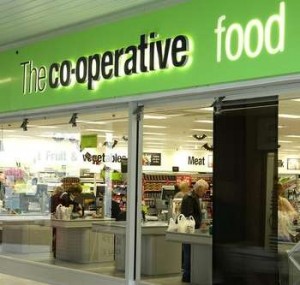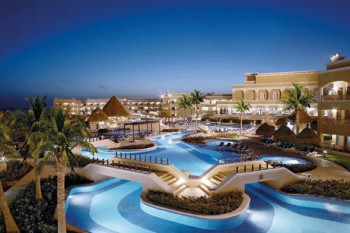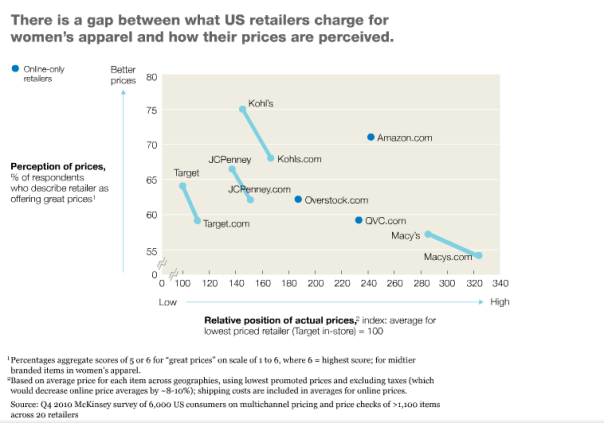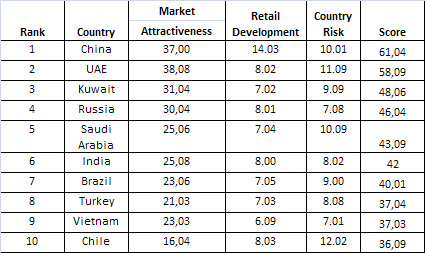Coffee is one of the world’s most valuable commodities, and global annual sales reach up to $70bn (£43bn). The small green bean that has its origins in Ethiopia has long been the brew of choice throughout Europe. Across the pond, office workers clutching towering cups of coffee are a routine morning sight throughout the US.
Even in places known for their tea culture, coffee has transformed social life. Coffee requires only two ingredients – ground roasted coffee beans and water – but in the coming years, the latter ingredient will vex companies that source and market the product.
Coffee is both a labour – and resource-intensive crop to grow. The Dutch NGO Water Footprint Network estimates that a standard European cup of coffee or espresso (125 ml) requires 140 litres of water – which is to say that one part of coffee consumes 1100 parts of water. Meanwhile, droughts in Brazil and Colombia, two of the world’s largest coffee producers, could spark price increases that, in the short term, may contribute to profits, but in the long term will force companies to develop programmes that ensure water conservation throughout their supply chains and especially at the source: farms.
Much of coffee’s water footprint results from the beans’ cultivation. To that end, NGOs such as Rainforest Alliance and Fair Trade USA engage farmers across the globe to work together on reforestation projects. While “shade grown” coffee makes for fancy labelling, Rainforest Alliance’s work both preserves the watersheds that provide drinking water while preventing erosion. These programmes provide farmers modest financial returns that encourage them to plant more trees – and reverse the deforestation that resulted in part from the expansion of massive coffee plantations. Companies, like Kraft Foods, with its brands of coffee that includes Kenco, Gevalia, and Maxwell House, have promised to source more sustainable coffee certified by Rainforest Alliance and other third-party certification groups.
Companies that rely on coffee sales to boost their bottom line have responded in kind by becoming engaged at the source. Nestlé UK, for example, funds responsible farming practices in Ethiopia. Coffee farmers in the village of Hama, 310 miles south of Addis Ababa, for years struggled financially and faced declining yields even though the quality of their coffee beans was high. A Nestlé team realised one issue was a wasteful process that separated coffee beans from their pulp. The pulp was a potentially valuable source of compost for the farmers, but instead the farmers discharged it into the local river – where the pulp became a toxin that polluted local water supplies. A pulping machine from South America separated the lucrative bean from the pulp and provided farmers a source of compost, while slashing the ratio of litres of water to kilogram of coffee from 60-1 to 3-1.
Meanwhile, the global giant coffee retailer Starbucks has focused on its water performance within its stores. Three years ago the Seattle-based chain committed to a 25% reduction in water use throughout its stores by 2015. So far the company has reported a decrease in stores’ water consumption by 22%. Much of that decrease has resulted from discontinuing the use of dipper wells, fixtures that constantly stream water to clean utensils and eliminate food residues. That move alone cut Starbucks’ water consumption by about 100 gallons (378 litres) of water per day, per store.
Despite Starbucks’ success, however, companies must work on more efficient coffee sourcing processes throughout their supply chains. Pilot projects like those of Nestlé’s and of Rainforest Alliance’s are templates from which companies can learn if they want their future coffee businesses to not only be sustainable and profitable, but also survive as the global demand for water surges. (Source:Leon Kaye/GuardianUK – Image by © Royalty-Free/Corbis)
 owned by the Co-operative Group. LED lighting will be installed in the doors in low-temperature merchandising cabinets and in ice-cream display cabinets throughout the stores.
owned by the Co-operative Group. LED lighting will be installed in the doors in low-temperature merchandising cabinets and in ice-cream display cabinets throughout the stores.








